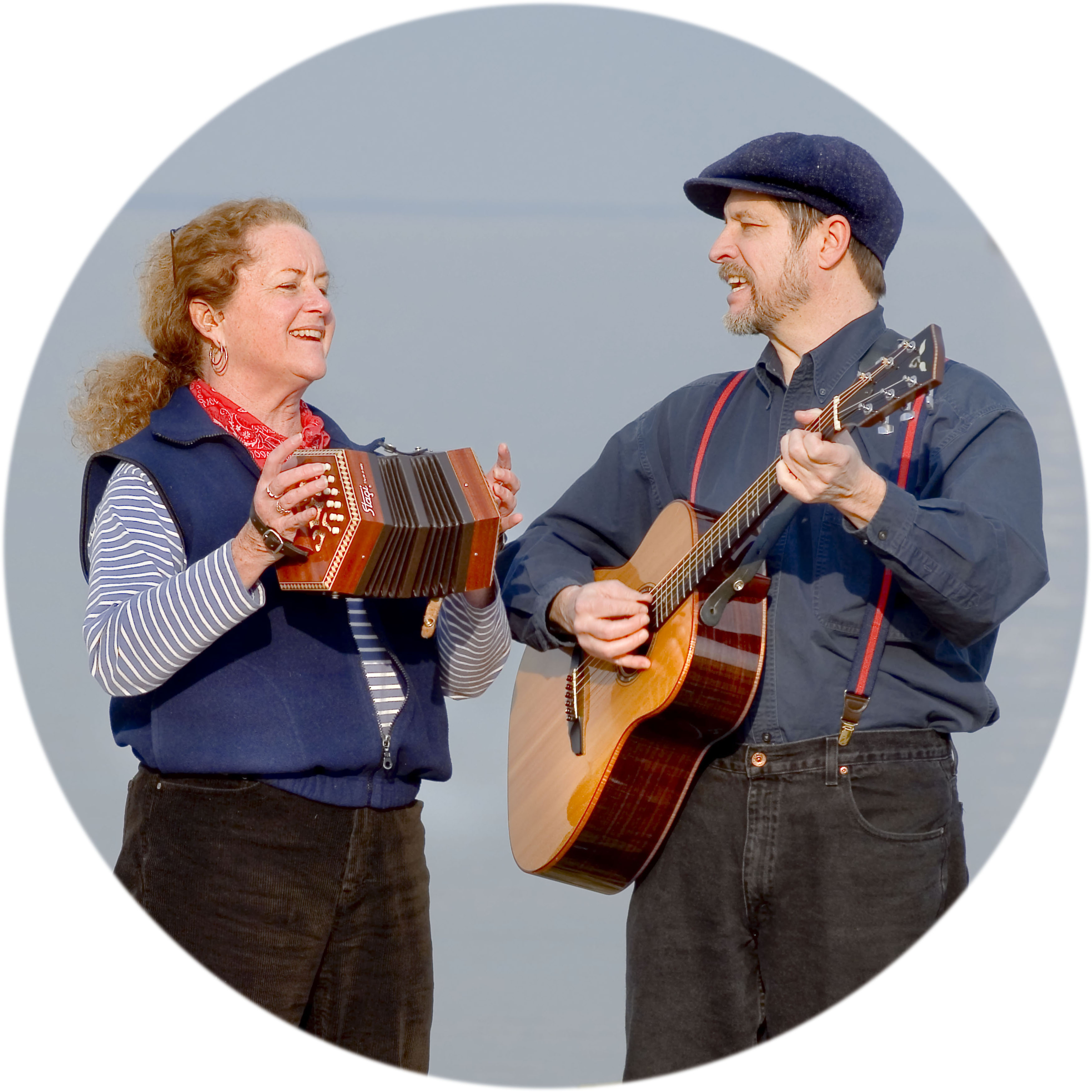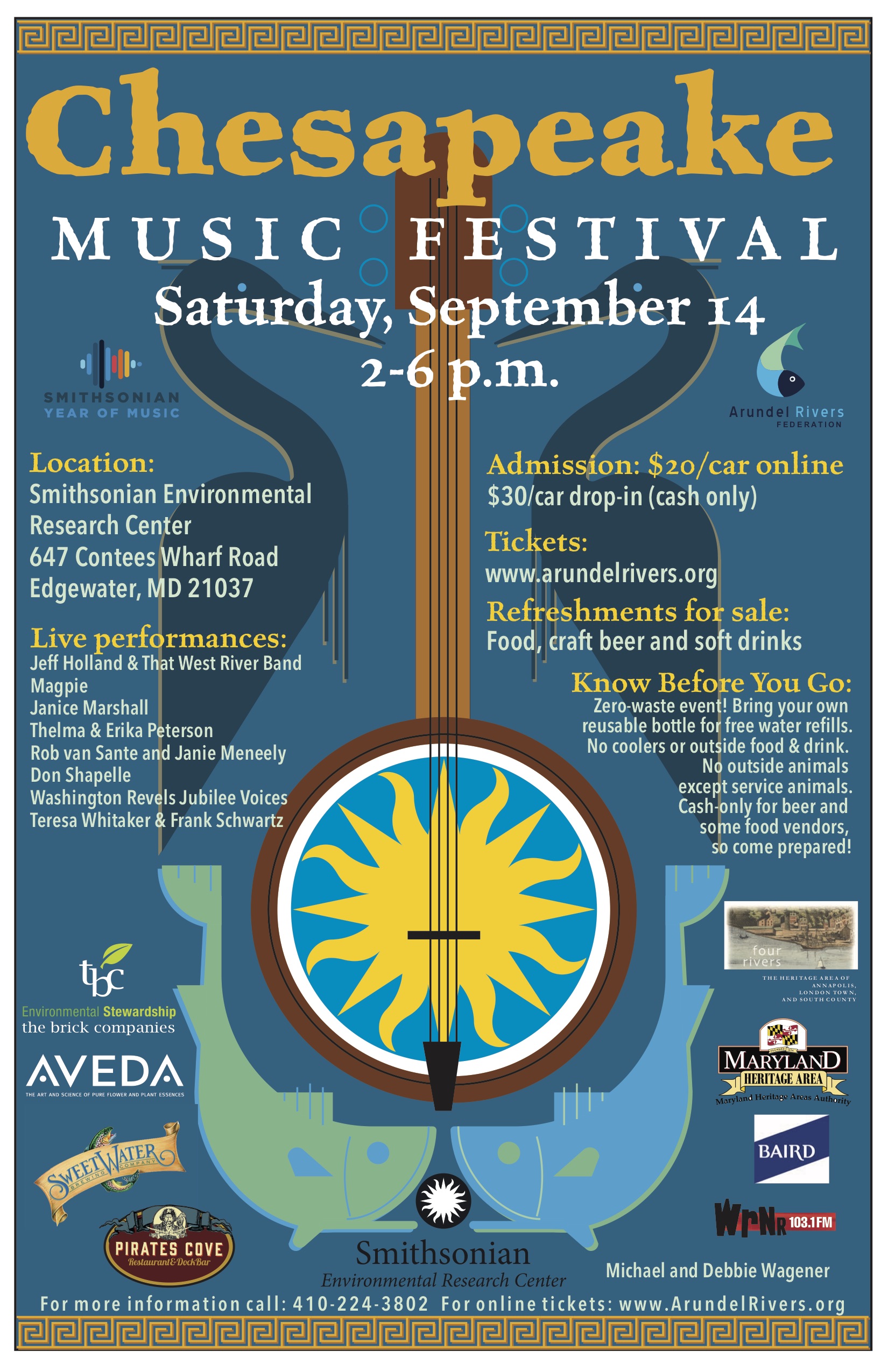Worth the Singin'
As a local musician, I long puzzled over the dearth of traditional music reflective of the Chesapeake Bay and its people. Ocean-going ships had their work chanteys; whaling vessels rang with songs about the often lonely life at sea; even the French voyageurs, who plied the Great Lakes region so long ago, gave us a legacy of songs. Why didn’t we have anything like that from the Chesapeake Bay, a place teeming with watermen and workboats?
So I began to look. Aside from a few menhaden netting songs from the Lower Bay region and the gospel traditions of the shoreside packing houses, I came up empty handed—as did most of my colleagues. There simply appeared to be no material that derived from the oyster fleet or the various trading vessels that plied Bay waters. Nothing widespread, anyway. No songs that had really taken hold and become anthems for Bay watermen—nothing as ubiquitous as “Blow the Man Down” or “Haul Away Joe” from the bluewater repertoire or “Alouette” from the Canadian fur trade.
I had to wonder why nothing existed from the past. No one really knows, of course, but theories abound. Consider the geography: This is a largely agrarian region divided by a huge inland waterway. The labor force consisted of unschooled populations—slaves, to begin with, then unskilled immigrants. Those who could read and write would have been too erudite to mimic the work songs; quite possibly they wouldn’t have even heard them—the fields were far away from the main house. If they did hear something, they didn’t bother to write it down or copy out its melody. By contrast, New England was a largely middle class society that established public schools early on and prided itself on an educated workforce. The sailors aboard a New England whaling ship could generally read and write and took the time to copy out the words to the songs they heard. We cherish this written record today. There is no comparable compendium here on the Chesapeake.
Perhaps more telling is the simple fact that Bay workboats required minimal crew to operate. The sails could be hauled and trimmed by one or two men, and the dredges were raised by small gas-powered donkey engines. Culling oysters on deck is tedious, but cannot be hastened or governed by rhythm. Add to that the strong Methodist tradition that arose on the Chesapeake shoreline-—no singing allowed except for hymns. Indeed some of the older watermen recall captains who sang hymns as they sailed. Children knew their father was coming home when they heard the sound of his singing over the water. And packing houses echoed with the sounds of call-and-response gospel. Music is no stranger to the Chesapeake Bay; if only we could hear the words one more time!
Over the years I began writing my own songs about the Bay—tomorrow’s traditions today, I call them. And I’m not alone in my efforts. A place worth singing about is a place worth saving. That’s what I say. And that’s the mantra for a growing group of my Bay-based fellow musicians who have begun focusing their creative energy on writing songs about the Bay, with an eye toward generating more interest in the social and natural history of this magnificent body of water. With so many new people locating on the Bay shoreline, it’s more important than ever to share the collective knowledge of the generations of people who, for example, once made a living working these waters. The more we can learn about the past, we hope, the better equipped (and willing!) we’ll be to grapple with the enormous task of restoring the Bay to its former glory. Music is such a great way to catch people’s attention, we thought, why not put some energy in that direction? Moreover, songs create and strengthen emotional connections—what a great way to get people to fall in love with the Bay!
Singing about the Bay is hardly a new idea. The late Tom Wisner, a Patuxent River-based musician, spent the last 60 years collecting and crafting songs and stories about the Bay with an eye as much for preserving the Bay as for chronicling a lifestyle that’s fast fading. His song “Chesapeake Born” was adopted as the sound track for a National Geographic documentary “Chesapeake Borne” that first aired in 1986. His latest CDs, “Made of Water” and “Follow on the Water,” are compendia of songs, stories and poems that celebrate the Bay and her people. His earlier albums, “Chesapeake Born” and “Come Full Circle” have recently been reissued on CD and are available through www.chestory.org.
Them Eastport Oyster Boys, a folk duo from Annapolis, Md., likewise offer up a collection of original material that sparkles with the wit, wisdom and wonder of the Chesapeake Bay region. Group founders Jeff Holland (pictured above) and Kevin Brooks steer their repertoire toward recreational boaters on the Bay. “People used to make a living on the water; now it’s become everyone’s big backyard. We try to acknowledge that in much of our work, with the subtle message of ‘Hey, don’t mess it up!’ ” says Holland (his song “Back Creek Crab” is also featured on “Chesapeake Borne.”) Learn more about these guys and listen to some of their music at www.oysterboys.com.
I sit somewhere in the middle, as a balladeer, primarily, whose songs reflect the history of Bay places and events, and often couching my material from the woman’s perspective. I grew up in, on and around the Chesapeake Bay and have spent nearly all my adult life on it, around it or pretty darn close to it. These days I’m joined on stage by my partner Rob van Sante. We hope to meet up with you down on the waterfront some day!



Contact Janie Meneely Here
Website designed and built by Rob van Sante - ©2021-2023 Falcon Audio Visual Arts, Whitby, UK